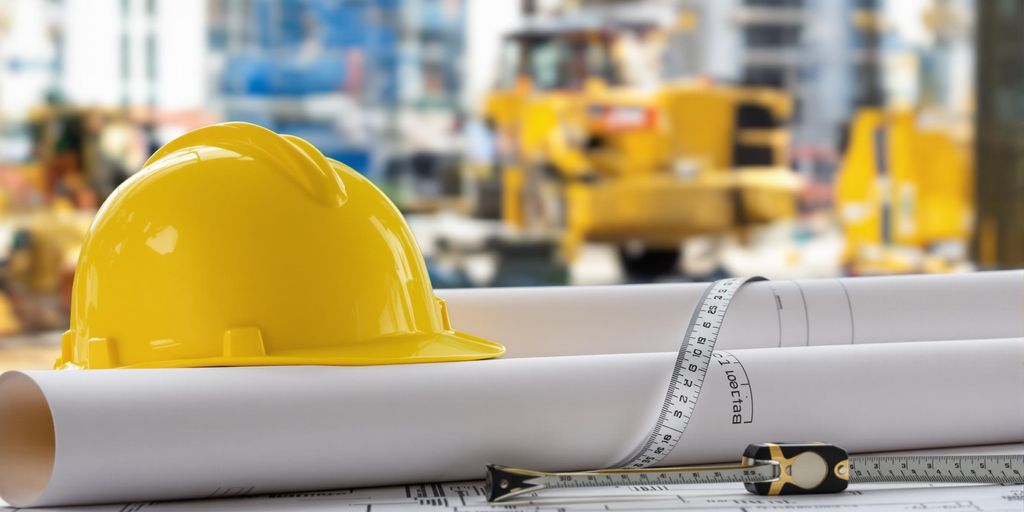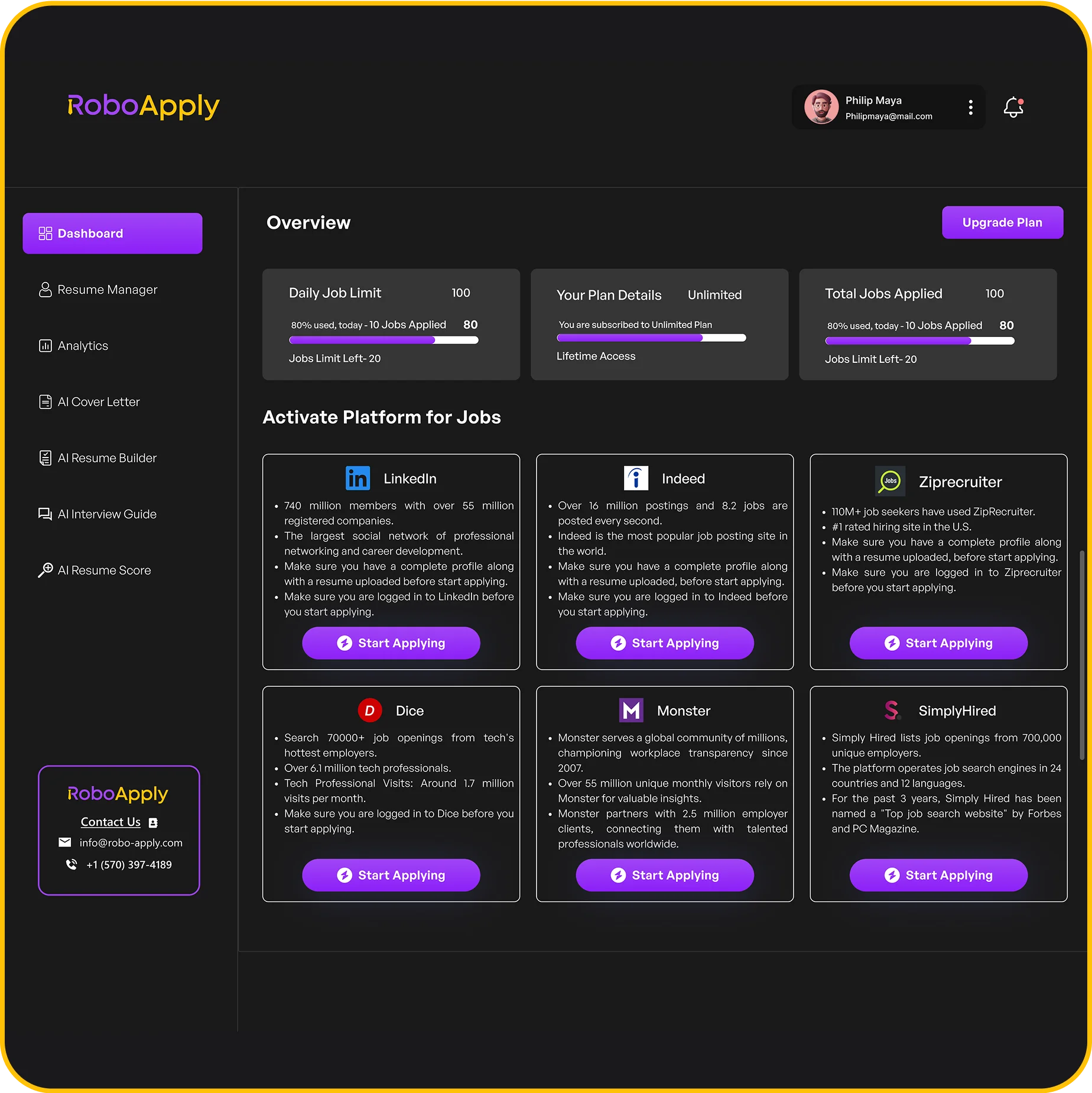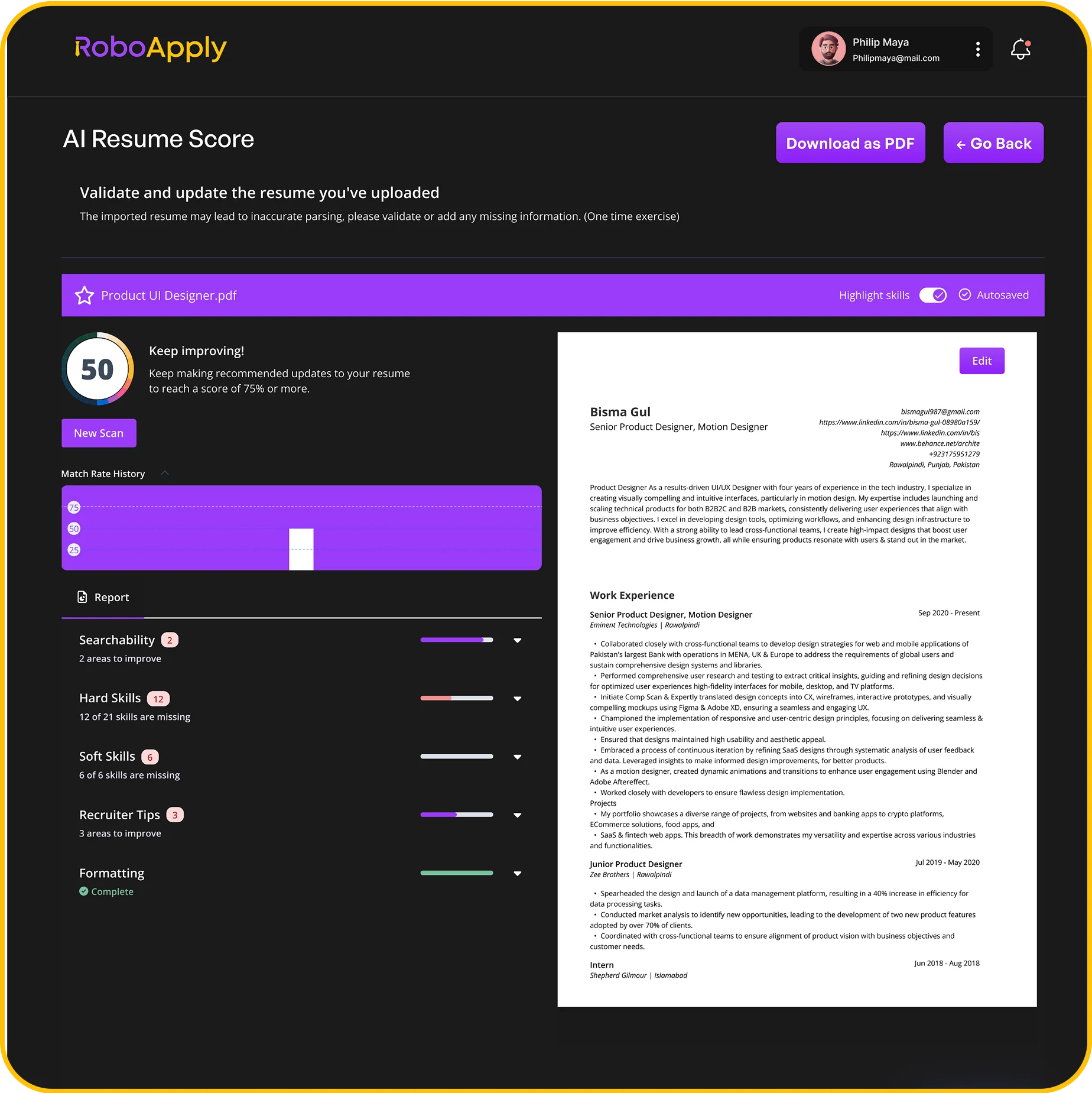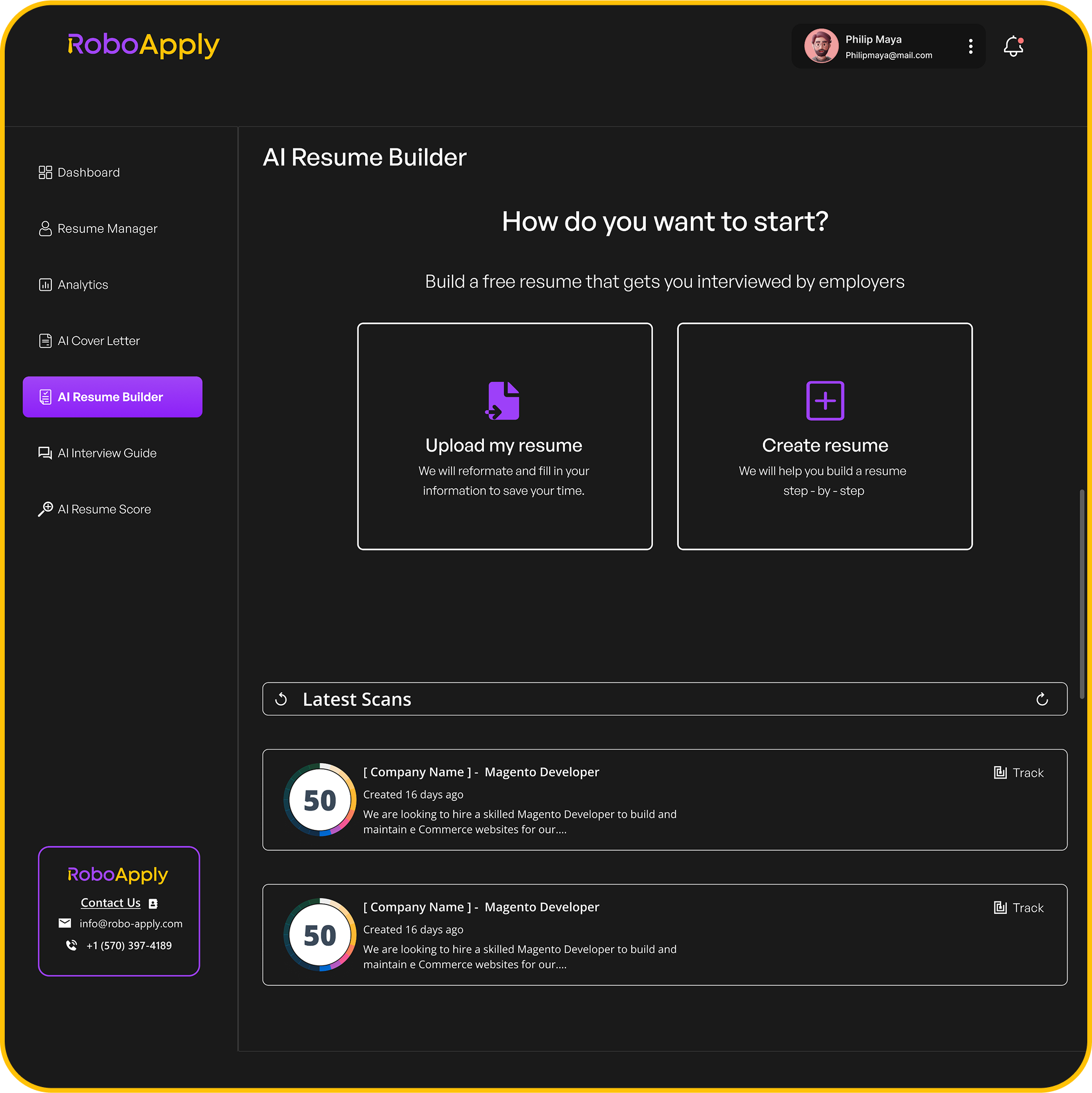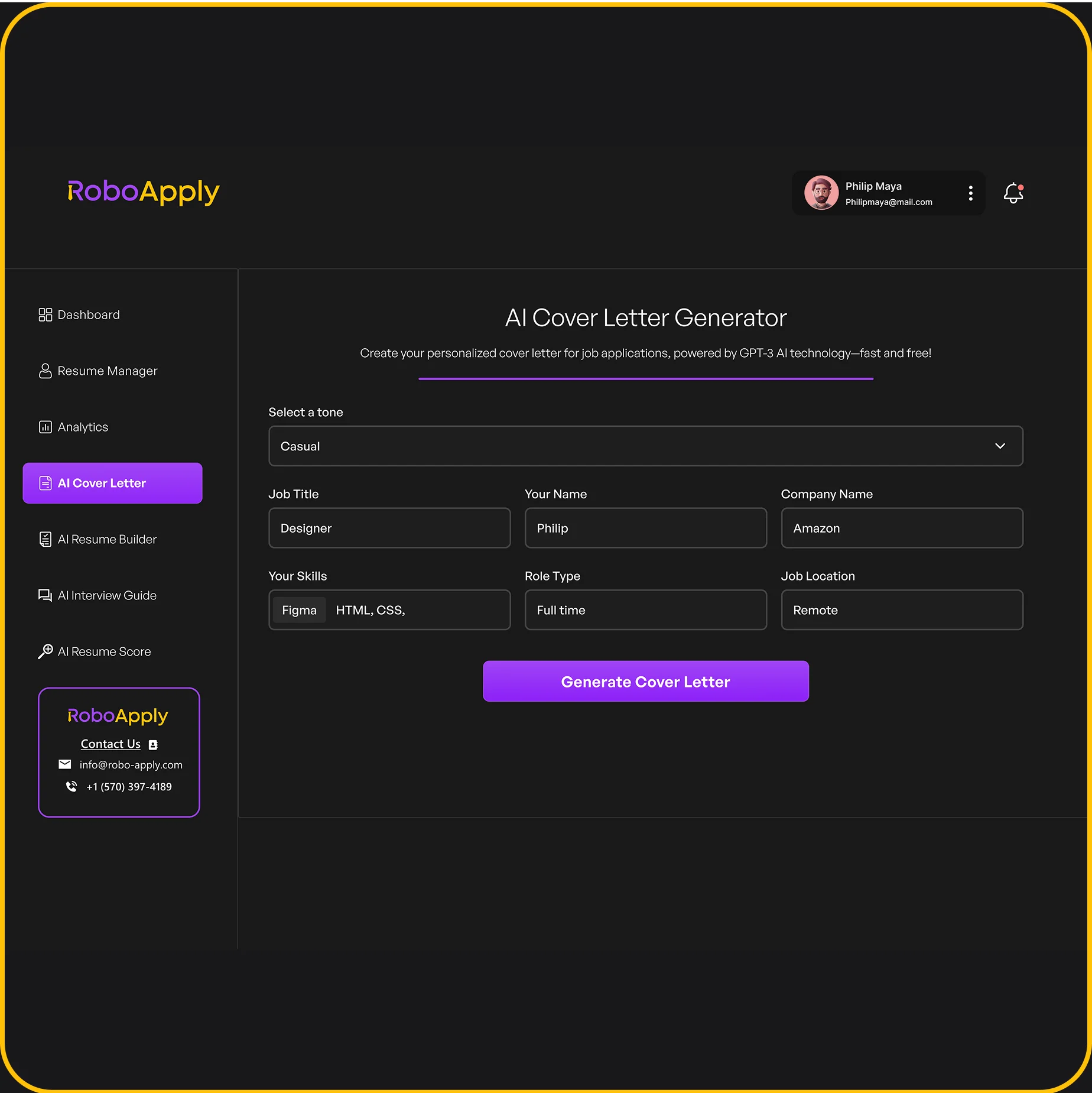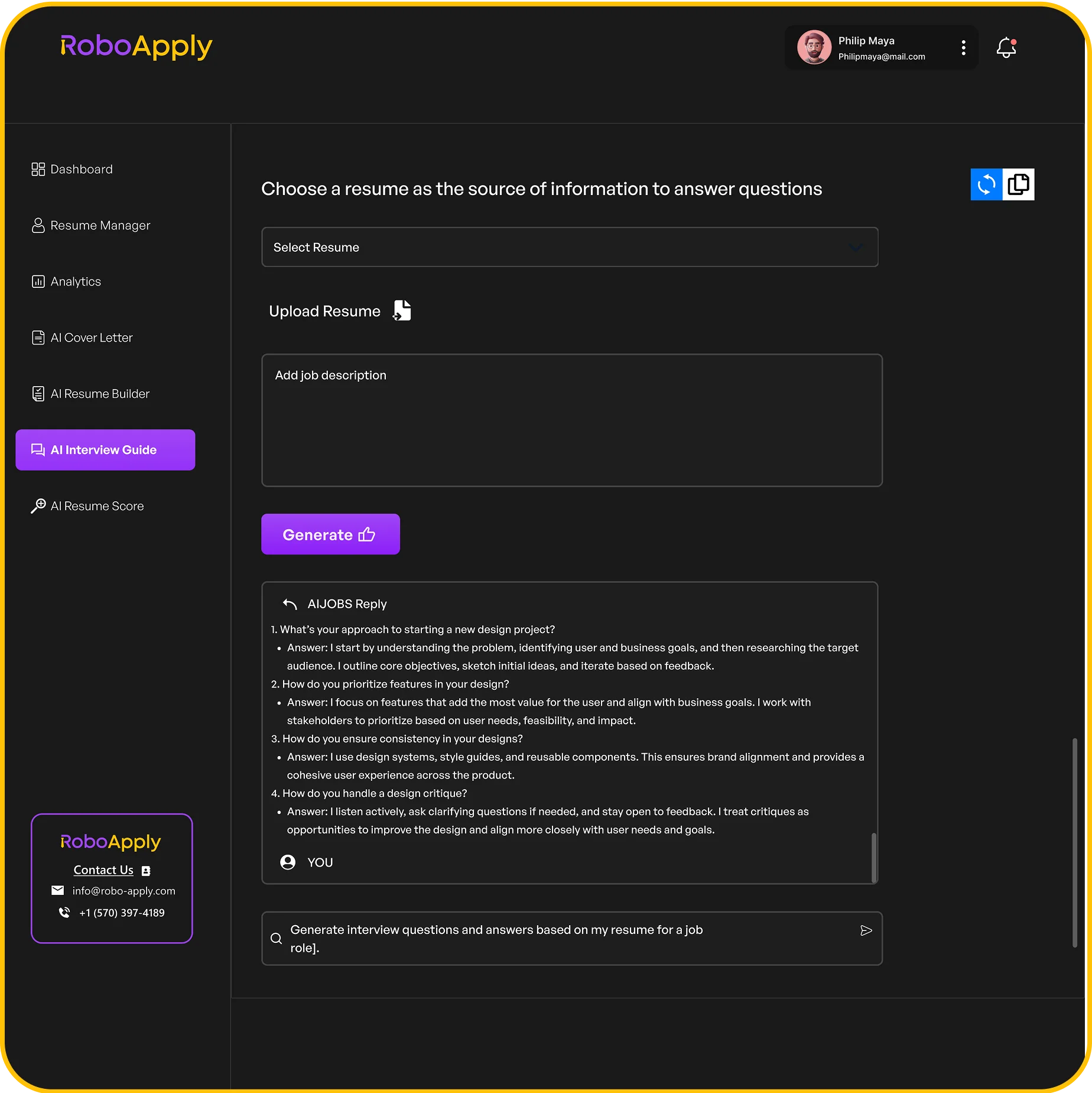1. Entry-Level Construction Worker
Landing that first construction job is all about showing potential. You might not have years of experience, but you can highlight your eagerness to learn, your work ethic, and any relevant skills you do possess. Let’s look at how to build a resume that gets you noticed.
Think of your resume as a blueprint – it needs to be clear, concise, and show that you’re ready to build a career.
Here’s what to focus on:
- Highlight your education: Even if it’s just a high school diploma, show that you’ve completed it. Any vocational training or coursework related to construction is a huge plus.
- Emphasize your skills: List any skills you have, even if they seem basic. This could include things like using hand tools, following instructions, or working as part of a team. Don’t underestimate the value of soft skills like communication and problem-solving.
- Show your enthusiasm: Construction companies want people who are motivated and willing to learn. Make sure your resume reflects your passion for the work.
Remember, your resume is your first impression. Make it count by showcasing your potential and your willingness to work hard. Even without extensive experience, a well-crafted resume can open doors to exciting opportunities in the construction industry.
Consider this example:
[Your Name]
[Your Phone Number] | [Your Email] | [Your LinkedIn Profile (Optional)]
Summary
Highly motivated and eager entry-level construction worker seeking a position to utilize my skills and contribute to successful project completion. Quick learner with a strong work ethic and a commitment to safety.
Skills
- Basic Carpentry
- Blueprint Reading
- Attention to Detail
- Teamwork
- Physical Stamina
Education
[High School Name], [City, State] – Diploma
[Vocational School Name (If Applicable)], [City, State] – [Certificate/Program Name]
Experience
[Any Relevant Experience – e.g., volunteer work, summer jobs] – [Job Title] – [Company Name] – [Dates of Employment]
- [Brief description of responsibilities and accomplishments]
Certifications (If Applicable)
- [OSHA 10-Hour Certification]
- [First Aid/CPR Certification]
This example shows how you can present yourself even with limited experience. Focus on what you can do and your willingness to learn and grow. Tailor your resume for construction jobs to each specific job you apply for, highlighting the skills and experiences that are most relevant. Good luck!
2. Mid-Career Construction Worker
So, you’ve been in the construction game for a while now? Great! Your resume needs to show that you’re not just swinging a hammer, but that you’re a valuable asset with experience to back it up. Let’s get into how to make that happen.
The key here is to highlight your accomplishments and quantify them whenever possible. Don’t just say you "managed projects"; tell them the size of the projects, the budget you handled, and the results you achieved.
It’s all about showing, not just telling.
Here’s what to focus on:
- Quantifiable Achievements: Use numbers to showcase your impact. For example, "Reduced project costs by 15% through efficient resource management." This is way more effective than just saying you’re "efficient."
- Specific Skills: List the tools, equipment, and techniques you’re proficient in. Think beyond the basics – do you have experience with specialized software, machinery, or building methods?
- Leadership Experience: Even if you’re not a supervisor, highlight instances where you took initiative, mentored junior workers, or led a team to solve a problem. This shows you’re ready to take on more responsibility.
A mid-career resume needs to demonstrate growth and increasing responsibility. It’s about showing potential employers that you’re ready to step up and take on bigger challenges.
3. Senior-Level Construction Worker
When you’ve been in construction for a long time, your resume needs to show that experience. It’s not just about listing jobs; it’s about showing leadership, problem-solving, and a deep understanding of the construction process. Think of it as highlighting your journey from worker to leader.
Here’s what a senior-level construction worker resume should emphasize:
- Extensive Project Experience: Detail the types of projects you’ve managed or played a key role in. Include budgets, timelines, and outcomes.
- Leadership Skills: Show how you’ve led teams, mentored junior workers, and made critical decisions.
- Problem-Solving Abilities: Give examples of how you’ve overcome challenges on the job site.
- Safety Record: Highlight your commitment to safety and any certifications or training you have in this area.
A senior-level resume should immediately convey your ability to handle complex projects and lead teams effectively. It’s about demonstrating your value as a seasoned professional.
Think about including specific achievements, like reducing project costs, improving safety records, or completing projects ahead of schedule. These quantifiable results make your resume stand out. You can also check out some construction resume examples for inspiration.
4. Habitat for Humanity Builder
Working with Habitat for Humanity is a unique experience, and your resume should reflect that. It’s not just about construction skills; it’s about demonstrating your commitment to community service and helping others. Let’s look at how to frame your experience in a way that resonates with potential employers.
Highlight your volunteer experience and the specific skills you used while working with Habitat for Humanity. This shows employers you’re not only skilled but also dedicated to making a difference.
- Showcase your teamwork abilities. Construction often involves working closely with others, and Habitat for Humanity is no different.
- Emphasize any leadership roles you held. Did you lead a team of volunteers? Make sure to mention it.
- Quantify your impact whenever possible. How many homes did you help build? How many people did those homes benefit?
When describing your Habitat for Humanity experience, focus on the tangible results of your work and the positive impact you had on the community. This will help you stand out from other candidates and demonstrate your commitment to service.
5. Railway Engineer
Railway engineers focus on the design, construction, and maintenance of railway infrastructure. Your resume should highlight your knowledge of railway systems, safety regulations, and project management skills. Let’s look at how to make your application stand out.
Here’s what a railway engineer resume might include:
- Project Oversight: Managed the technical aspects of a $5 million railway construction project, ensuring all engineering standards were met.
- Schedule Optimization: Worked with project managers to optimize construction schedules, reducing project timelines by 18%.
- Quality Control: Implemented quality control measures that improved project quality by 20%, reducing rework costs by $100,000.
- CAD Software: Used CAD software to develop precise construction plans, reducing errors by 10% over 3 years.
A strong railway engineer resume emphasizes both technical skills and project management abilities. Show how you’ve improved efficiency and safety in past projects.
Think about including these points in your resume templates in Microsoft Word. You can also find free Railway Engineer resume samples online to help you get started.
6. Construction Worker Resume Format
Your resume’s format is super important. It’s like the foundation of a building – it needs to be solid. The format you pick should match your experience and what you want to achieve. Let’s check out some popular formats.
Reverse Chronological
This format is great if you have a lot of experience. It lists your jobs starting with the most recent one. This gives recruiters a clear view of your career. It’s a solid choice to highlight work experience.
Functional
If you have gaps in your work history or are changing careers, a functional resume might be better. It focuses on your skills rather than your work history. This can be useful if you want to downplay a lack of experience in construction. However, some employers don’t like this format because it can hide information.
Combination
A combination resume blends the reverse chronological and functional formats. It highlights both your skills and your work history. This can be a good choice if you want to show off your skills while still providing a clear timeline of your employment. It’s a balanced approach that can work well for many construction workers.
Tips for Formatting
- Use clear fonts: Pick easy-to-read fonts like Arial or Calibri. Keep the font size between 10 and 12. This ensures your resume is readable.
- Keep it concise: Aim for one page if possible. Recruiters don’t want to read a novel. Focus on the most important information.
- Use bullet points: Bullet points make it easy to scan your resume. Use them to list your responsibilities and achievements.
- White space is your friend: Don’t cram everything together. Use white space to make your resume visually appealing.
Think of your resume as a marketing document. It needs to grab the reader’s attention and convince them that you’re the right person for the job. A well-formatted resume shows that you’re organized and detail-oriented.
Choosing the right resume format can make a big difference in whether or not you get an interview. Take the time to pick the format that best showcases your strengths and experience.
7. Construction Worker Resume Skills
In the hunt for construction jobs, your skills are super important. Show them off in a well-organized skills section. It’s a good idea to highlight what you’re really good at, like carpentry, plumbing, or electrical work. Let’s break down what you should include.
Hard Skills
Your construction resume needs to show off your relevant hard skills, like knowing about construction materials and being able to read blueprints. Don’t forget to list the tools and machinery you know how to use. Here are some examples:
- Masonry
- Carpentry
- Plumbing
- Electrical Repairs
- Welding
- Concrete Work
- Drywall Installation
- Heavy Machinery Operation
- Painting and Decoration
- Blueprint Reading
- HVAC Systems
- Tiling
- Power Tools
Soft Skills
While hard skills are key, it’s also smart to mention some soft skills. These are the people skills you use to work hard and get along with others on the crew. Good communication skills are vital in construction work. Here are some common soft skills for a construction worker resume:
- Communication
- Teamwork
- Reliability
- Critical Thinking
- Flexibility
- Time Management
- Problem-solving
Even if you don’t have a ton of experience, you can still show you’re a reliable and hardworking person. Talk about times you’ve worked well with others, managed your time effectively, or solved problems on the fly. These are all things employers look for.
8. Construction Worker Resume Profile
Your resume profile, sometimes called a resume summary, is your chance to make a strong first impression. It’s a brief overview of your skills and experience, tailored to the specific job you’re applying for. Think of it as your elevator pitch – a quick snapshot that grabs the reader’s attention and makes them want to learn more. A well-crafted profile can significantly increase your chances of landing an interview.
Here’s what you should aim to include in your construction worker resume profile:
- Years of Experience: Mention how many years you’ve been working in the construction industry. This immediately gives the employer an idea of your expertise.
- Key Skills: Highlight 2-3 of your most relevant skills. These could include things like operating heavy machinery, reading blueprints, or following safety regulations. Tailor these skills to match the job description.
- Biggest Achievement: Briefly mention a significant accomplishment from a previous job. This could be completing a project under budget, improving safety records, or receiving recognition for your work.
A strong profile is concise and to the point. It should immediately showcase your value to the employer and demonstrate why you’re a good fit for the position. Avoid generic statements and focus on specific skills and accomplishments.
Here are a few examples of construction worker resume profiles:
Example 1: Entry-Level
"Enthusiastic and hardworking construction worker with one year of experience assisting with residential building projects. Eager to apply physical stamina and a strong work ethic to support team goals and learn new skills. Committed to following safety protocols and contributing to successful project completion."
Example 2: Mid-Career
"Experienced construction worker with five years of experience in commercial and residential construction. Proficient in operating various power tools, reading blueprints, and ensuring compliance with safety regulations. Successfully completed multiple projects on time and within budget. Seeking a challenging role where I can utilize my skills and contribute to a growing company."
Example 3: Senior-Level
"Highly skilled construction foreman with over 10 years of experience managing large-scale construction projects. Proven ability to lead teams, coordinate subcontractors, and ensure projects are completed safely and efficiently. Expertise in budgeting, scheduling, and quality control. Dedicated to delivering exceptional results and exceeding client expectations. Looking to optimize resumes and streamline job applications."
9. Construction Worker Resume Employment History
Your employment history section is where you really show off what you’ve done. It’s not just about listing jobs; it’s about highlighting your accomplishments and responsibilities in a way that makes you stand out. Think of it as telling a story of your career progression and the value you brought to each role.
Showcasing Your Experience
When listing your jobs, make sure to include:
- Job Title: Be clear and specific. "Construction Worker" is good, but "Formwork Carpenter" or "Concrete Finisher" is even better if it accurately reflects your role.
- Company Name and Location: Provide the full name of the company and its location. This gives context to your experience.
- Dates of Employment: Use month and year (e.g., June 2020 – August 2023). Consistency is key.
- Responsibilities and Achievements: This is the most important part. Use bullet points to describe your duties and, more importantly, your accomplishments. Quantify your achievements whenever possible. For example, instead of "Assisted with concrete pouring," try "Assisted with concrete pouring, contributing to the completion of plumbing and electrical systems, on-time project completion."
Example Entry
Here’s an example of a strong employment history entry:
Construction Worker
ABC Construction, Anytown, USA
June 2020 – August 2023
- Executed construction tasks such as framing, drywall, and concrete work, contributing to on-time project completion.
- Assisted in the lay out and installation of plumbing and electrical systems, increasing task efficiency by 10%.
- Maintained clean and orderly work environment, reducing safety hazards by 15%.
- Operated heavy machinery, including forklifts and excavators, adhering to all safety regulations.
Remember to tailor your employment history to each job you apply for. Highlight the experiences and skills that are most relevant to the specific position. Don’t just copy and paste the same information for every application.
Tips for a Strong Employment History
- Use Action Verbs: Start each bullet point with a strong action verb (e.g., "Managed," "Implemented," "Coordinated").
- Quantify Your Achievements: Use numbers and data to show the impact of your work. How much did you improve efficiency? How many projects did you complete? How much money did you save the company?
- Focus on Results: Don’t just list your duties; highlight the positive outcomes of your work.
- Be Concise: Keep your bullet points short and to the point. Aim for one or two lines per bullet point.
- Use Keywords: Incorporate keywords from the job description into your employment history. This will help your resume get past applicant tracking systems (ATS).
10. Construction Worker Resume Education
When it comes to the education section of your construction worker resume, it’s all about showing you have the necessary knowledge and training for the job. Employers often look for a high school diploma or its equivalent, but additional education can really make you stand out. Let’s break down how to present your educational background effectively.
High School Diploma or GED
If you have a high school diploma or GED, make sure to include it. It’s a basic requirement for many construction jobs. Simply list the name of the school and the year you graduated. If you’ve gone on to further education, you might consider omitting your high school info to save space, but if it’s your highest level of education, definitely include it.
Vocational Training and Apprenticeships
Vocational schools and apprenticeships are gold in the construction world. They provide hands-on training and specialized skills that employers value. When listing these, be specific about the skills you learned and any certifications you received. For example:
- Program Name: Carpentry Apprenticeship
- Institution: Local Union 123
- Dates: September 2020 – June 2024
- Skills Acquired: Framing, roofing, finish carpentry, blueprint reading
College Degrees
While not always required, a college degree in a related field like construction management or civil engineering can open doors to higher-level positions. List your degree, the school you attended, and your graduation date. Also, highlight any relevant coursework or projects. For example, if you completed a project on sustainable building practices, be sure to mention it.
Certifications and Licenses
Don’t forget to include any relevant certifications or licenses you hold. These demonstrate your competence and commitment to safety. Common certifications include OSHA certifications, first aid/CPR, and specific equipment operation certifications. List the certification name, the issuing organization, and the expiration date (if applicable). For example:
- Certification: OSHA 30-Hour Construction Safety
- Issuing Organization: OSHA Training Institute
- Date Obtained: March 2023
Including your education on a resume is important, but tailoring it to the job description is key. Highlight the aspects of your education and training that are most relevant to the specific position you’re applying for. This shows employers that you’re not just qualified, but also a good fit for their needs.
Example Education Section
Here’s an example of how you might format your education section:
Education
- Associate of Applied Science in Construction Technology
- XYZ Technical College, Anytown, USA | Graduated: May 2023
- Relevant coursework: Blueprint Reading, Construction Materials, Project Management
- OSHA 30-Hour Construction Safety Certification
- OSHA Training Institute | Obtained: March 2023
- High School Diploma
- Anytown High School, Anytown, USA | Graduated: June 2020
Remember to adapt this section to match your specific qualifications and the requirements of the job you’re applying for. Good luck!
11. Construction Worker Resume Certifications
Certifications can really make your resume stand out. They show employers you’ve got the skills and knowledge to do the job right. Relevant certifications can be a game-changer.
- OSHA Safety Certification: Demonstrates commitment to safety standards.
- Certified Construction Manager (CCM): Shows expertise in managing construction projects.
- Scaffold Safety Certification (SSC): Essential for workers involved in scaffold erection and safety.
- Certified Green Builder (CGB): Highlights knowledge of sustainable building practices.
- Construction Craft Laborer Certification (CCLC): Validates skills as a construction craft laborer.
Certifications are a great way to show employers that you are serious about your career and that you are willing to invest in yourself. They also help you stay up-to-date with the latest industry standards and best practices. Don’t underestimate the power of a well-placed certification on your resume.
Having the right certifications can significantly boost your chances of landing a job. Think of them as extra proof that you know your stuff. For example, having an OSHA Safety Certification shows you’re serious about workplace safety. If you’re a welder, make sure to highlight your AWS certification prominently.
Want to make your construction worker resume shine? Getting the right certifications can really help you stand out. These special papers show you know your stuff and are serious about safety and doing a good job. To learn more about which certifications are best for you, check out our website!
Wrapping Things Up
So, there you have it. Putting together a good resume for construction work might seem like a lot, but it’s really about showing what you can do. Think about your skills, what projects you’ve worked on, and how you made a difference. Make sure your resume is easy to read and gets straight to the point. A solid resume can open doors to new jobs and help you move forward in your career. Just take your time, focus on the details, and you’ll be in good shape.
Frequently Asked Questions
What should a good construction worker resume include?
A construction worker’s resume should be clear and easy to read. It should show off your skills, past jobs, and any special training you have. Make sure it highlights what you’re good at, like working with tools, following safety rules, or being part of a team.
How can I make my construction worker resume stand out?
To make your resume stronger, focus on your hands-on experience, even if it’s from personal projects or volunteer work. Mention any certifications you have, like for operating heavy machines or safety training. Also, show that you’re a problem-solver and can work well with others.
What if I don’t have much experience in construction?
When you don’t have much experience, highlight any related skills you do have, like being good with your hands, knowing how to use basic tools, or being strong and reliable. Talk about any school projects, volunteer work, or even hobbies that show you’re ready to learn and work hard.
Should I change my resume for each job I apply for?
Yes, it’s a good idea to tailor your resume for each job. Look at the job description and use words and phrases from it in your resume. This shows the employer you’ve paid attention and that you have the exact skills they’re looking for.
How long should a construction worker resume be?
The best length for a construction worker resume is usually one page, especially if you have less than 10 years of experience. If you have a lot of experience and many projects to show, two pages can be okay, but keep it concise and to the point.
What are the most important parts of a construction worker resume?
You should include your contact information, a short summary about yourself, your work history, your skills, and your education or any special training. Certifications are also very important to list.
Why are action verbs important on a resume?
Action verbs make your resume more active and show what you’ve done. Instead of saying “was responsible for building,” say “built,” “constructed,” “repaired,” or “operated.” These words make your achievements sound more impressive.
Should I include a cover letter with my resume?
Yes, it’s a good idea to include a cover letter. It lets you explain why you’re a good fit for the job and show your excitement for the position. It’s a chance to tell a bit more about yourself than your resume can.
